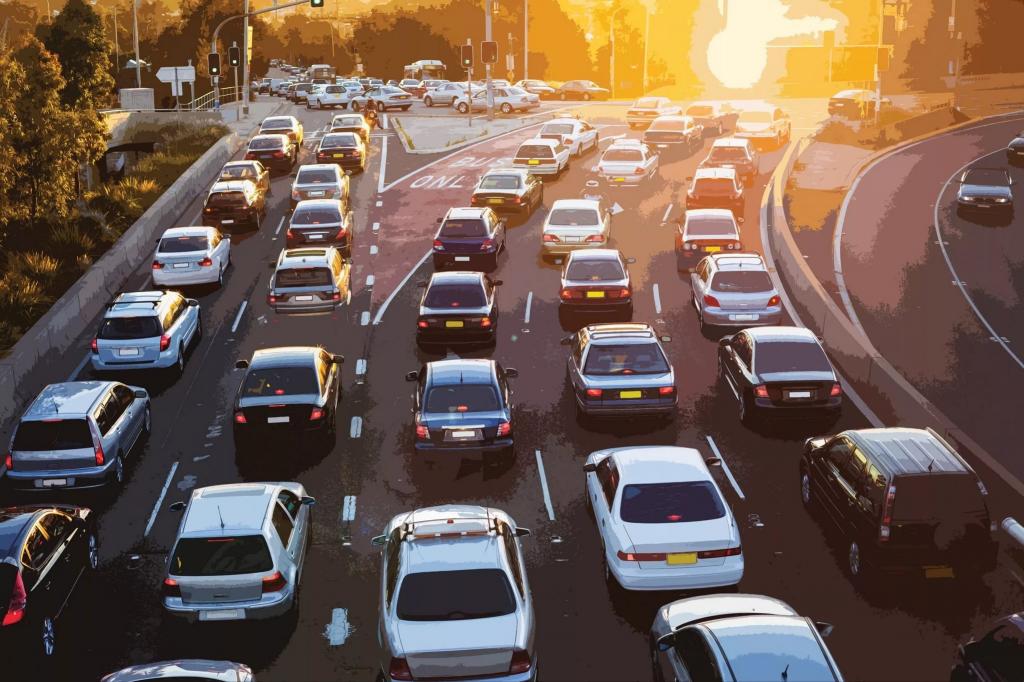And the roadway, and the sidewalk, and roadside are part of the road. Each of these elements has its own rules. In the SDA, the location of the vehicle on the roadway is dedicated to section No. 9. Violation of the rules threatens to impose administrative liability. Below are discussed all the main topics regarding the location of the vehicle on the roadway. In addition, excerpts from the Code of Administrative Offenses (a document regulating the size and procedure for imposing administrative responsibility on drivers) are given.
Roadside
According to the SDA, this is an element adjacent directly to the roadway. It is at the same level with it, but differs in the type of coating. The curb can be separated from the roadway by marking.
This element of the road is intended solely for stopping or resting. Only pedestrians and cyclists who are more than 14 years old can move on it (if there is no lane allocated for them and they cannot move in the same row with cars, occupying the extreme right position).
As for the drivers of mopeds. The rules do not prohibit them on the sidelines. But only if they do not interfere with pedestrians.
According to section 12, in the presence of a curb, vehicle stop and parking should be carried out only on it. It is strictly forbidden to ride on it. The curb can also be used for a U-turn if the carriageway is not wide enough to maneuver from the extreme left position.
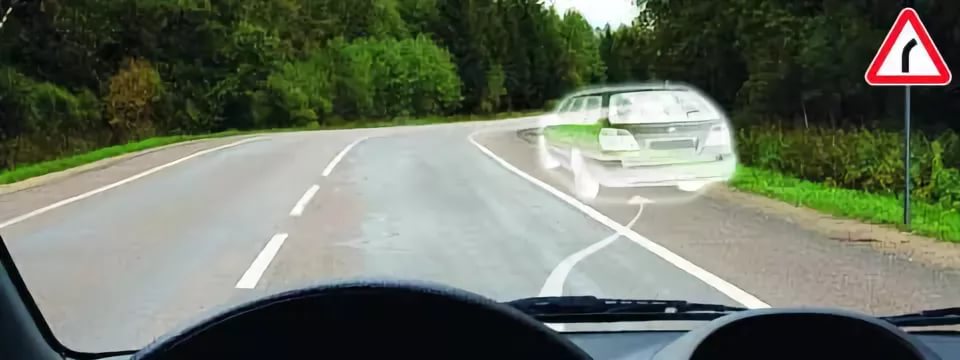
Sidewalk
This element of the road is designed for pedestrian traffic. It can be separated from the roadway by a lawn or adjacent to it.
Vehicles are strictly prohibited on the sidewalk. An exception are cases when the vehicle must be driven to the enterprise that it serves, but there are no alternative routes. But in this situation, you must have with you all the documents (invoices, waybill, etc.).
Parking on the sidewalk is prohibited. To increase the traffic capacity of the carriageway, parking is sometimes organized on it. But in this case, appropriate road signs must be installed.
Lane: concept, vehicle location rules
On the roadway you can see various types of markings. It is the latter that determines the boundaries of the strip intended for the movement of the vehicle.
Excerpts from traffic rules:
- The movement of the vehicle must be carried out strictly in the selected row. If the strips are separated by a broken line, it is permissible to run into the last only during rebuilding. It is forbidden to ride on it.
- The location of the vehicle on the roadway must be such that during the movement there are no emergency situations. The driver inside the lane must always control the distance and side intervals.
When driving outside the village, the person driving the vehicle must drive along the far right lane. An exception is congestion. In the village, the driver can occupy any lane, if there are two. If there are three, the leftmost row should be free. It is designed for traffic operations services.
Two-lane road
Most often, flows of opposite directions are separated by a solid marking line. That is why fines are often issued after passing this section. A vivid example can be any obstacle. The rules say that if it is impossible to remove it from the roadway, it must be bypassed. That is, it is necessary to cross the solid marking line.The SDA states that in this situation, you need to wait for the inspector and get his permission to commit a violation in order to overcome the obstacle. In real life, no one does this.
On a two-lane road, where flows of opposite directions are separated by a dashed line, everything is simpler. Such marking does not prohibit either overtaking, or avoiding an obstacle, or turning left or turning. However, when making the last two maneuvers, it is necessary to take an extreme position in a row.
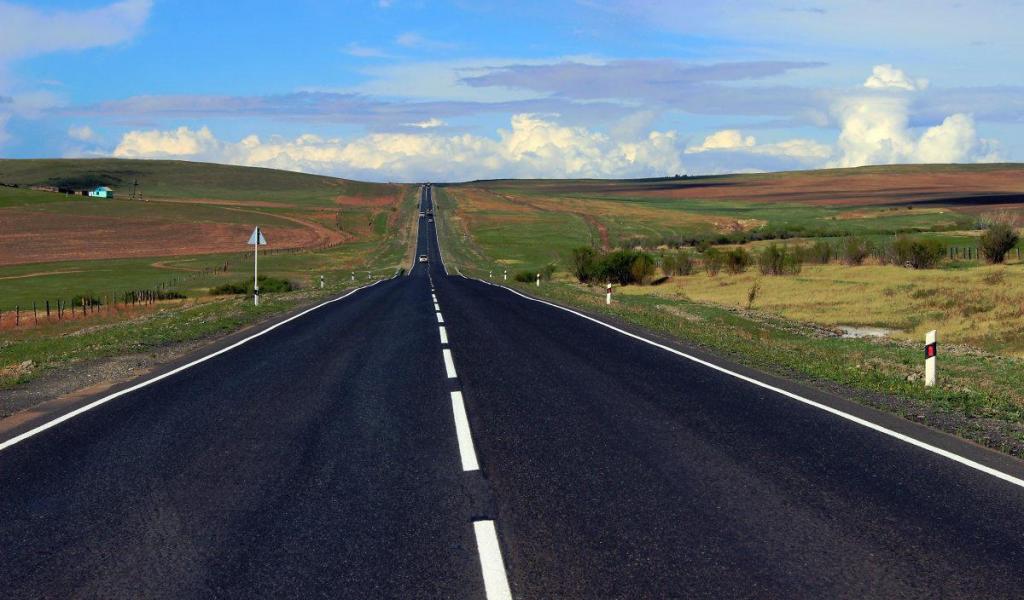
Three-lane road
In this case, various options for the location of the vehicle on the roadway are possible. In traffic rules they are also registered:
- One lane in the same direction, two in the opposite direction. In this case, the opposing flows are separated by a solid line. It is allowed to move strictly in its lane without running into the markings.
- Two rows in the same direction, one in the opposite direction. In the village you can move in both lanes. It is permissible to cross an intermittent marking line during rebuilding. Departure to the oncoming traffic is accordingly prohibited. Outside the village, the location of the vehicle on the roadway is as follows. It is necessary to occupy the right position, that is, as close to the roadside as possible. This is due to the fact that the speeds on highways and highways are higher, which means that the oncoming flows should be as far away as possible from each other. If the right lane is busy, moving on the left is permissible.
Thus, in the village it is allowed to occupy any convenient row of a two-lane road. Beyond him is only the right.
Mutual use strip
Although rare in Russia, it is found. If there is a strip for mutual use, the carriageway is divided into 3 rows by dashed lines. At the same time, the middle one is intended both for the oncoming and the associated directions. But you can’t move constantly along it, it is fraught with an emergency.
Rules for the location of vehicles on the roadway in the presence of a number for mutual use:
- This lane can be used for overtaking. First you need to assess the traffic situation, that is, make sure that there are no oncoming vehicles. Immediately after overtaking is complete, you must return to the right lane.
- Driving to the far left lane is prohibited. And this despite the presence of broken lines of marking. This is considered a trip to the oncoming lane. The incorrect location of the vehicle on the roadway in this case is punishable by deprivation of a driver’s license for a period of 4 months to six months.
- When making an obstacle detour, it is necessary to go into the double lane and after completing the maneuver, return to the previously occupied row.
- If you need to turn left or turn around, you must first make sure that there are no oncoming vehicles, then take the leftmost position in the middle lane. With insufficient width of the carriageway, the maneuver can also be performed from the right lane (and even from the curb), without forgetting to give the appropriate light signals.
Thus, it is forbidden to drive along the strip for mutual use. For violation of the rules for the location of vehicles on the roadway, they can withdraw a driver’s license for up to six months. The row is intended for overtaking, detour, turn left and turn.
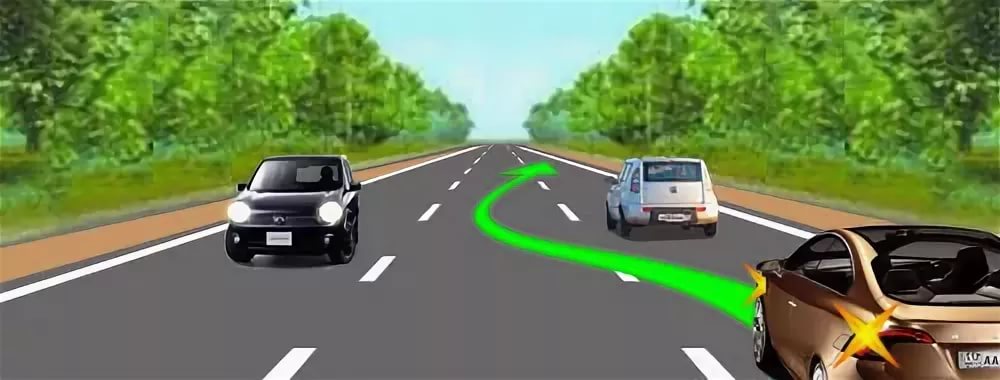
Multi-lane roads
In this case, traffic flows in opposite directions are separated by a double solid marking line. It is strictly forbidden to run into it. According to the Code of Administrative Offenses and SDA, violation of vehicle location on the roadway threatens with the withdrawal of a driver’s license.
Variants of movement on such a road:
- Two lanes in the same direction. As mentioned above, in the village you can occupy any, outside of it - only the right (if it is free). You can run into broken lines only during rebuilding.
- In the same direction 3 or more rows. Only the leftmost lane should remain free. You can occupy it with heavy traffic.But in the place where the congestion ends, it needs to be freed by changing to a neighboring one. The leftmost lane can also be used to turn left or turn around vehicles weighing more than 2.5 tons (not 3.5, as many drivers believe). But they are forbidden to ride on it.
If the traffic on the multi-lane road is heavy, you can only be reconstructed with the aim of making a turn, bypassing an obstacle, stopping or turning around. This is due to the fact that in conditions of traffic congestion it seems to many drivers that in the adjacent rows the vehicles move at a faster speed. Accordingly, there is a natural desire to change the strip. This is currently, according to traffic rules, is prohibited.
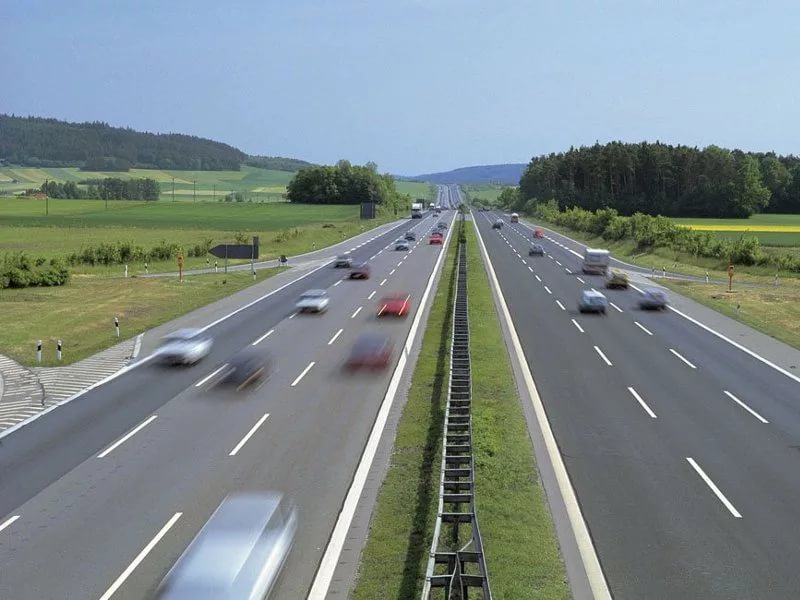
If there is no markup
If there are solid or broken lines, the movement should be carried out only in strips. However, you can often see roads on which there is no marking or if it is erased. In addition, in winter it is impossible to make out lines under a layer of snow. What to do in this case so that there is no violation of the location of the vehicle on the roadway?
In this situation, drivers themselves must visually divide the road, taking into account the dimensions of the cars and the intervals between them. In this case, the strip on the left should always be allocated to the oncoming flow.
Possible options:
- If the road is two-lane. It does not prohibit going on an oncoming lane for the purpose of overtaking or detour. In this case, the driver can mentally draw a broken line on the road.
- If the carriageway is three-lane. Even in this case, the road needs to be divided strictly in half. In other words, in this situation, the oncoming and incidental directions in one wide band are assigned.
- If the road is multi-row. Drive onto lanes intended for oncoming traffic is prohibited. To turn left, it is necessary to take the corresponding extreme position, that is, in the place where the broken line would supposedly be.
It is important to remember that there is no markup - there is no ban. The lack of lines in many cases even makes life easier for drivers. However, in all situations it is necessary to be guided not only by the Rules, but also by security considerations.
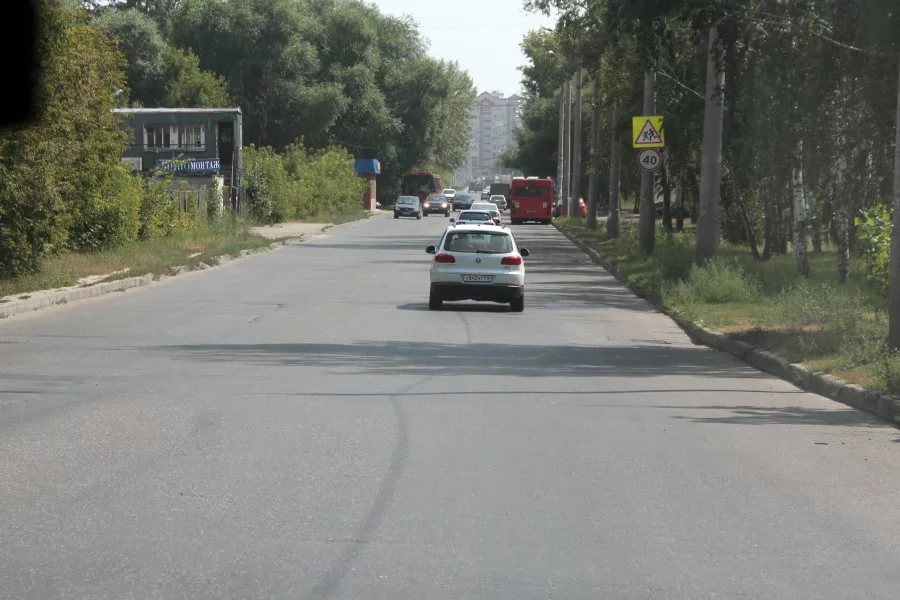
Tram rails
Moving vehicles in the opposite direction is prohibited. In the absence of the sign “Direction of movement in lanes”, they can be used to turn left or turn, as well as to move, but only in conditions of congestion. In the presence of the aforementioned symbol, it is forbidden to call on tram tracks.
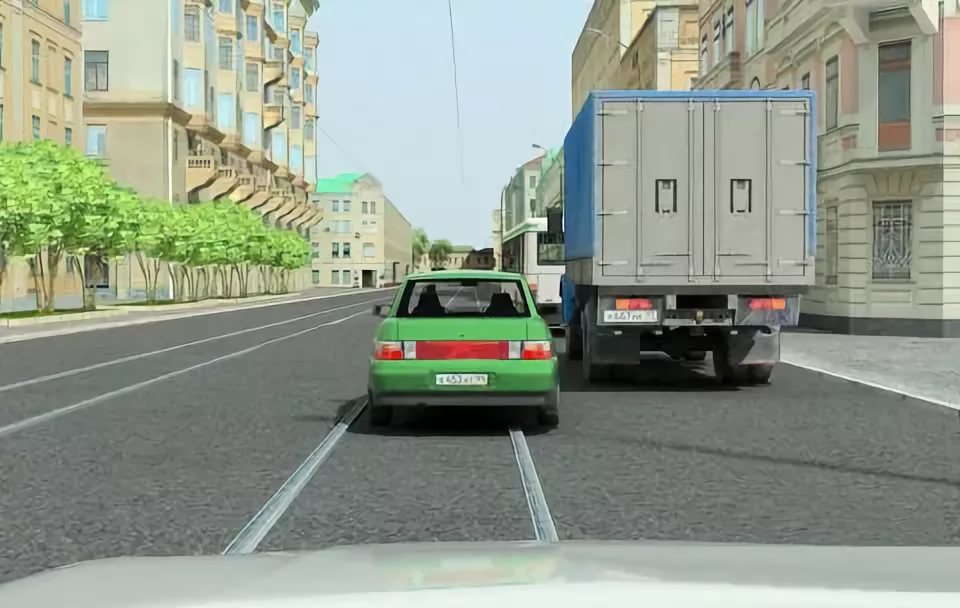
Administrative responsibility
The minimum that threatens for violation of the location of the vehicle on the roadway is a fine. In some cases, drivers may lose their right to drive.
Excerpts from the Code of Administrative Offenses (Article 12.15):
- You will have to pay 1,500 rubles for driving along the sidelines.
- Riding on sidewalks (as well as on bicycle and pedestrian paths) is subject to a fine of 2000 rubles.
- For traffic in the oncoming lane (when driving around or overtaking and in the presence of a solid marking line) or along tram tracks in violation of the Rules, you will have to pay 5,000 rubles. Another punishment is the deprivation of a driver’s license for a period of 4 to 6 months. Upon repeated violation, the document is seized for 1 year. But if it was fixed with special equipment, and not an inspector, you will have to pay 5000 rubles again.
Thus, a violation of the location of the vehicle on the roadway threatens not only with monetary losses, but also with the withdrawal of a driver’s license.

Finally
Roadsides, sidewalks, carriageway - these are all elements of the road. Each of them has different vehicle location rules. It is important to consider not only the number of rows for moving cars, but also the presence of marking lines. The rules also change at different traffic intensities. What threatens for the incorrect location of the vehicle on the roadway? Fine up to 5000 rubles. and withdrawal of a driver’s license.
